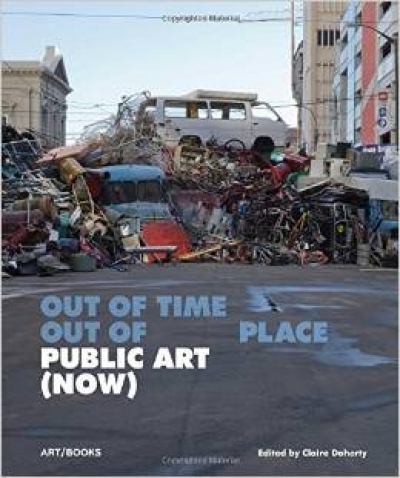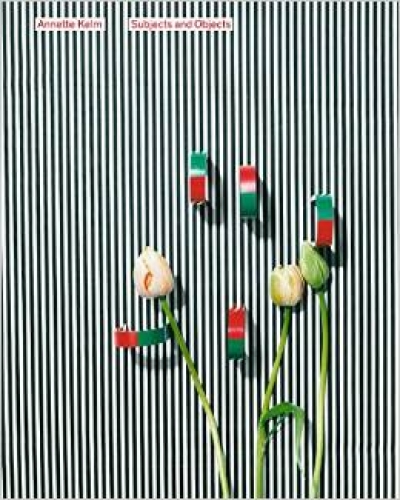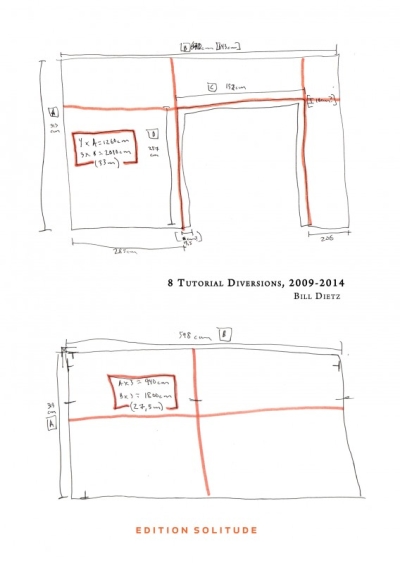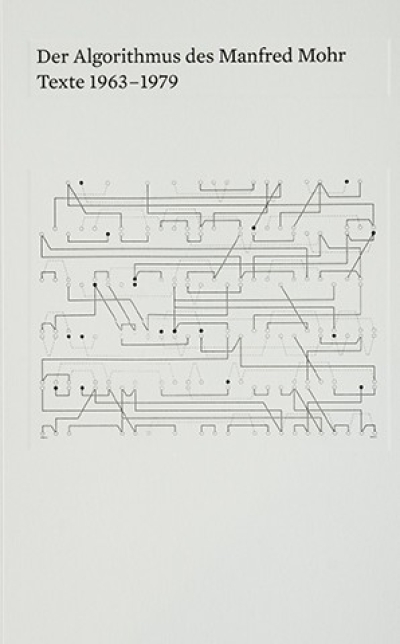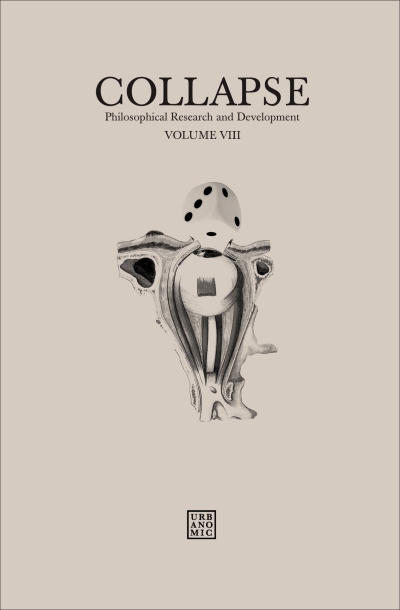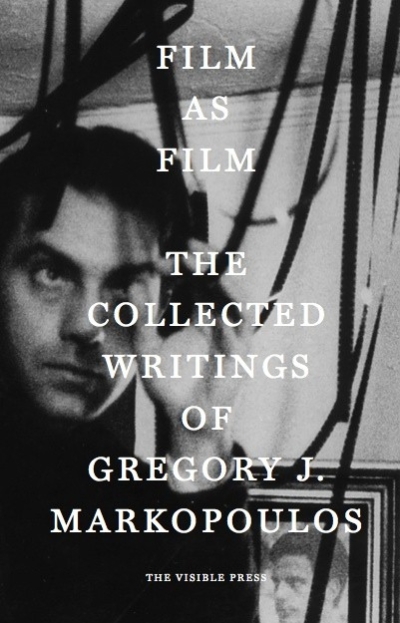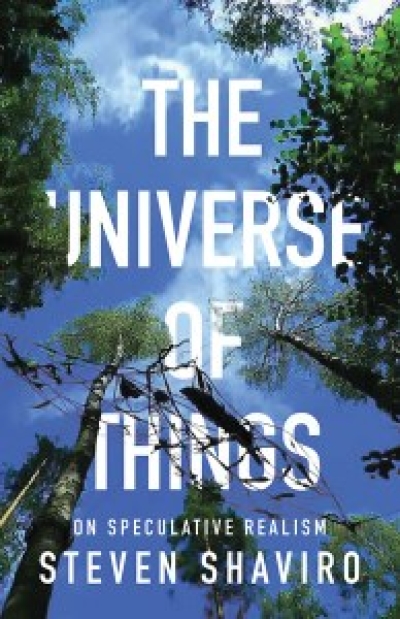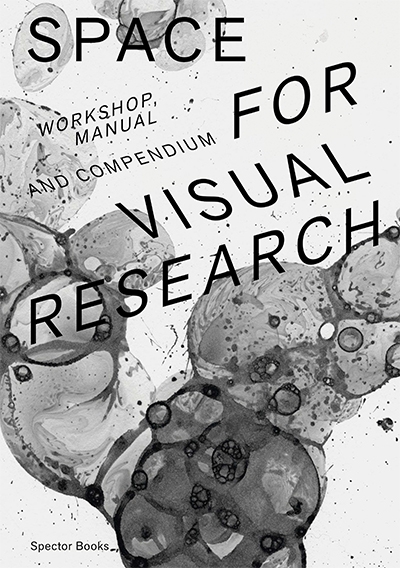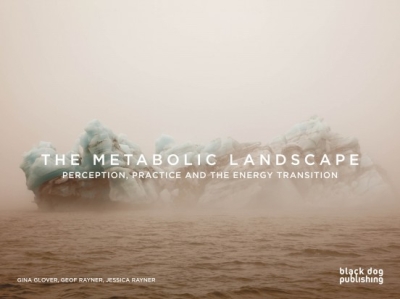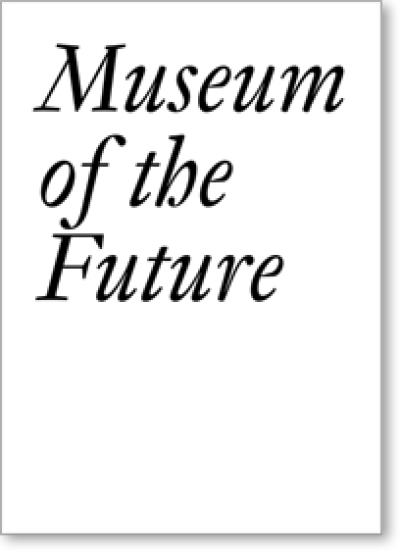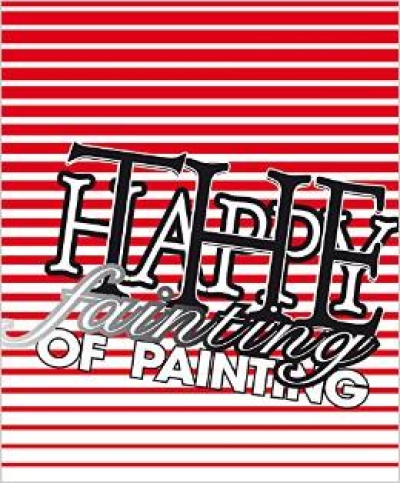
The Faber Book of Utopias
Every age has its utopias, from Plato's Republic to contemporary sci-fi visions. In this spellbinding anthology John Carey charts the course of every conceivable dream world - whether communist, fascist, anarchist, green, golden age, techno-fantastic or hermaphroditic - combining a broad historical sweep with lively variety. An experienced and imaginative anthologist, editor of The Faber Book of Reportage and The Faber Book of Science, Carey has gathered together a vast range of texts from Ancient Egypt to modern California, the authors of which, in different ways, attempt to describe a better world than our own.
Review:
The instinct to seek perfection in human affairs is as old as Western Civilisation; sometimes it is claimed that the perfect society is lost in the past, or is very distant in the future or across the hills, and sometimes utopia is seen as achievable in our own time, by the adoption of a particular political programme. The great strength of John Carey's anthology of utopian writing, though at times also a significant weakness, is that he is highly suspicious of the entire enterprise; it is not insignificant, he implies by careful selection, that one of the first pieces of Utopian writing is Plato's The Republic that, however benevolent its goals, is maintained by a mixture of force and lies and depends on squashing the aspirations of ordinary people. In his useful introduction, he points to some key themes: the production of perfect offspring and keeping them that way by education, the punishment of criminals, and the management of ageing and death. Carey suggests that there are insoluble problems in human life and that utopians tend to falsify them by regarding them as simple. This is a useful anthology, but a dispiriting one--Carey's determination to let no-one off the hook is harsh, but fair. -- Roz Kaveney












